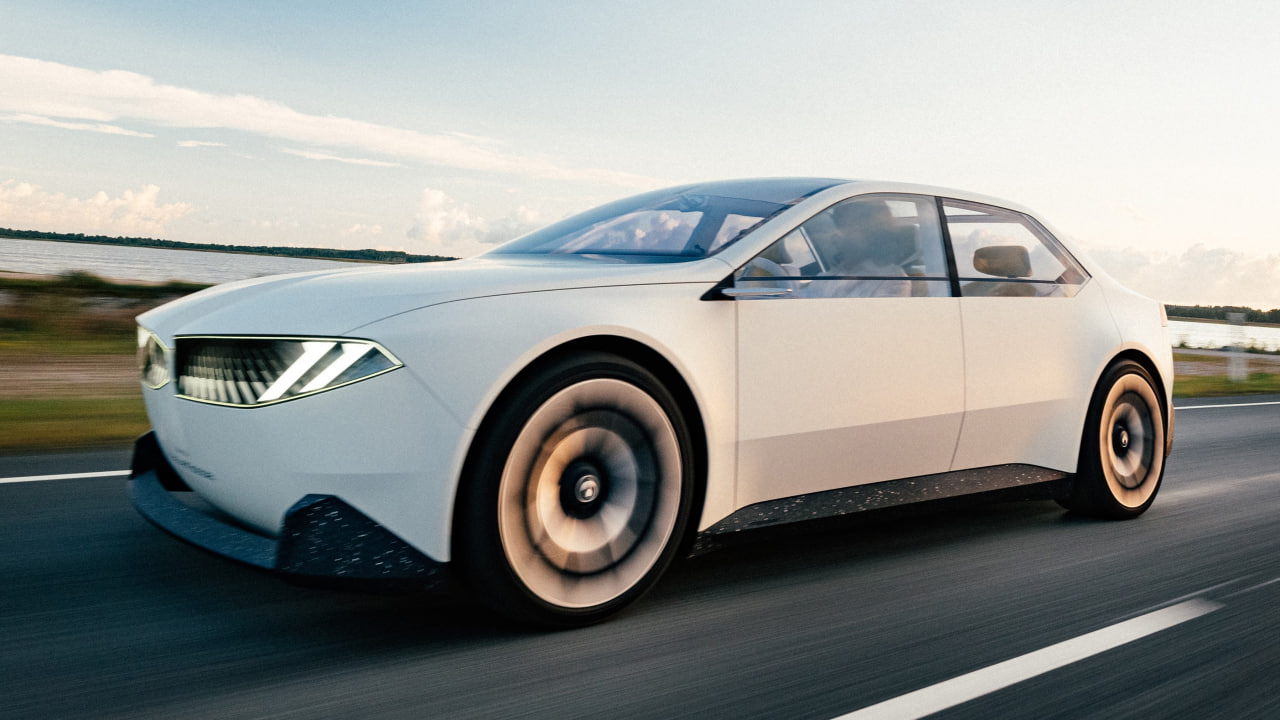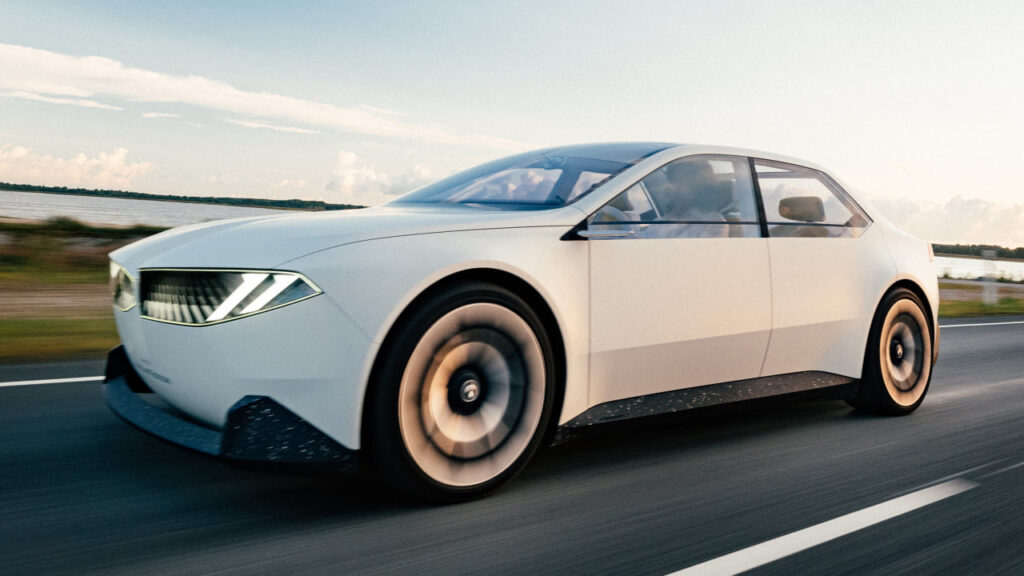Introduction to the Electric Vehicle Revolution
The electric vehicle (EV) revolution is transforming the automotive industry, marking a significant shift from traditional fossil-fuel cars to more sustainable electric models. As environmental concerns escalate and the need for sustainable solutions becomes urgent, the demand for EVs has dramatically increased. With the rise of climate change awareness, consumers are seeking greener transportation options that reduce their carbon footprint and contribute to cleaner air and a more sustainable future.
This unprecedented growth of the EV market can be attributed to several factors, including technological advancements, government incentives, and the increasing availability of charging infrastructure. Battery technology has seen remarkable improvements, resulting in longer ranges and shorter charging times. These developments are helping to alleviate previous concerns regarding the practicality of electric cars, making them a more attractive option for consumers and businesses alike.
<pmoreover, a=”” accelerating=”” adoption=”” and=”” are=”” as=”” associated=”” automotive=”” both=”” breaks=”” bring=”” by=”” car=”” competition,=”” consumers,=”” costs=”” develop=”” down=”” dramatic=”” electric=”” encourage=”” encouraged=”” EVs,=”” foster=”” further=”” governments=”” heavily=”” help=”” in=”” incentives,=”” innovation,=”” investing=”” investments=”” is=”” lines=”” major=”” makers=”” manufacturers=”” many=”” market=”” of=”” offering=”” p=”” priorities.=”” production=”” sector.=”” shift=”” signaling=”” subsidies,=”” such=”” tax=”” the=”” their=”” thereby=”” this=”” to=”” traditional=”” transitioning=”” various=”” vehicle=”” vehicles.=”” vehicles.<=”” with=”” worldwide=””>
Criteria for Selection of Top Electric Vehicles
When evaluating the future of electric vehicles (EVs), especially those slated for release in 2025, it is essential to establish a robust set of criteria. These criteria ensure that the selected models meet current consumer expectations and promise innovation and sustainability. The following factors were employed in the selection process:
First and foremost, performance is a significant criterion. This encompasses acceleration, handling, and overall drivability as consumers increasingly seek vehicles that deliver a dynamic and responsive experience. High performance is often synonymous with technological advancement in today’s electric landscape, making it a key consideration.
The range also plays a crucial role in the selection process. The ability of an electric vehicle to cover long distances on a single charge is pivotal in dispelling range anxiety, allowing drivers to feel confident in their choice. As battery technology evolves, the anticipated range of these vehicles will heavily influence consumer adoption and satisfaction.
Charging time is another essential factor. As EV infrastructure expands, fast-charging capabilities determine how conveniently a vehicle can be integrated into daily life. Manufacturers focusing on reducing charging times will have a competitive advantage, as efficient recharging is a significant aspect of the overall ownership experience.
In addition to these performance-related aspects, advanced technology features, including autonomous driving capabilities, connectivity, and infotainment systems, are crucial for modern consumers. Safety ratings cannot be overlooked either, as prospective buyers prioritize vehicles that offer robust protection in various driving conditions.
Lastly, affordability and market potential are closely monitored. The ability to provide a strong value proposition will impact the sales performance of these vehicles. By incorporating these criteria into the evaluation, the selected top electric cars for 2025 will reflect a comprehensive view of what driving may look like shortly.
The Top 10 Electric Vehicles to Watch in 2025
As the automotive landscape continues to evolve, electric vehicles (EVs) stand at the forefront of this transformation. With companies investing heavily in innovative technology and sustainable practices, 2025 promises a lineup of notable electric vehicles that showcase the potential of zero-emission driving. Below are the top 10 electric cars anticipated to make significant waves in 2025.
1. Tesla Model S Plaid+
The Tesla Model S Plaid+ is expected to lead the pack with a range exceeding 520 miles and a battery capacity of around 120 kWh. Its performance is unmatched, with a 0-60 mph time of under 2 seconds. Key features include advanced autopilot capabilities and a minimalist interior focusing on cutting-edge technology. Anticipated pricing is around $139,990.
2. Rivian R1T
Rivian’s R1T pickup truck offers rugged versatility, with a towing capacity of 11,000 pounds and a range of up to 400 miles. It will feature a quad-motor setup for improved traction and off-road performance. The expected starting price for this innovative vehicle is approximately $67,500.
3. Ford F-150 Lightning
The electric version of the legendary F-150 promises to deliver power and productivity, with a range of up to 300 miles and an impressive payload capability. Integrating intelligent features, including Ford’s innovative Lightning technology, enhances its utility. Pricing is projected to start at $39,974.
4. Hyundai Ioniq 7
Hyundai’s Ioniq 7 SUV, designed for families, is anticipated to have a substantial range of around 300 miles and fast charging capabilities. The spacious interior will be equipped with the latest tech, making it a family-friendly option in the EV market—expected price: $56,000.
5. Chevrolet Silverado EV
Chevrolet’s Silverado EV is set to redefine the pickup segment with a robust design and a range close to 400 miles. It promises a blend of comfort and technology, allowing seamless integration with smart devices. Launching at about $39,900, it aims to attract electric truck enthusiasts.
6. BMW iX
The iX combines luxury with performance, featuring a range of 300 miles and a high-capacity battery. With a focus on sustainability, the interior will boast recycled materials. It is expected to be priced at around $84,000.
7. Kia EV6
Kia’s EV6 offers a sportier take on electric driving with a range of approximately 300 miles and fast charging capabilities. Its dynamic design and advanced safety features set it apart from competitors. Pricing is expected to start at $40,900.
8. Audi Q4 e-tron
Audi’s Q4 e-tron combines premium design with practicality. With a range of about 250 miles, it promises to cater to the luxury EV segment. It is anticipated to cost around $43,900, making it a competitive entry in the market.
9. Volkswagen ID.4
Volkswagen’s ID.4 is set to offer a spacious interior with a range of approximately 250 miles. Its affordability and innovative technology make it an appealing choice for many consumers. Expected pricing starts around $39,995.
10. Lucid Air
The Lucid Air is billed as a luxury electric sedan, expected to reach an impressive range of 516 miles. Its high-end features, performance capabilities, and lavish interior will appeal to the luxury EV market. Anticipated pricing begins at $77,400.
These ten electric vehicles represent the future of driving, showcasing technological advancements and commitment to sustainability, shaping the automotive industry. Moving closer to 2025, these models will redefine what consumers expect from electric vehicles.
Top 10 Electric Vehicles to Watch in 2025 The Future of Driving
The Future of Electric Vehicles and Their Impact on Driving
The trajectory of electric vehicles (EVs) is poised to reshape the automotive industry and the broader landscape of urban living. As brands increasingly prioritize sustainability in their design and manufacturing processes, consumers can expect a significant reduction in the carbon footprint associated with traditional vehicles. Increased awareness of climate change and its effects has sparked this shift, motivating businesses and consumers to favour environmentally friendly products. The commitment to sustainable practices is evident in the rise of EV models that utilize recyclable materials and sustainable production practices.

Advancements in charging infrastructure are another crucial element that will determine the uptake of electric vehicles. The proliferation of fast-charging stations and the development of intelligent grids address range anxiety, one of the most cited concerns by potential EV owners. These innovations enhance EV ownership’s convenience, making electric vehicles a more viable option for daily commuting. Additionally, many urban planners are increasingly incorporating charging stations into new developments, further integrating electric cars into the fabric of city life.
Government policies also play a vital role in the adoption of electric vehicles. Incentives such as tax credits, rebates, and subsidies for EV purchases can significantly influence consumer behaviour. Furthermore, establishing stricter emissions regulations may accelerate the transition to electric mobility. This evolving regulatory landscape will likely prompt manufacturers to invest more heavily in electric technologies, resulting in an expanded range of electric vehicle options for consumers.
Consumer perception is also gradually shifting; the stigma surrounding electric vehicles is diminishing as public awareness grows regarding their benefits. With advances in battery technology providing better performance and range, consumers are becoming more open to adopting electric vehicles as a practical alternative. The future of driving, characterized by electric vehicles, is not just about the cars themselves but about transforming societal norms around transportation and mobility.


